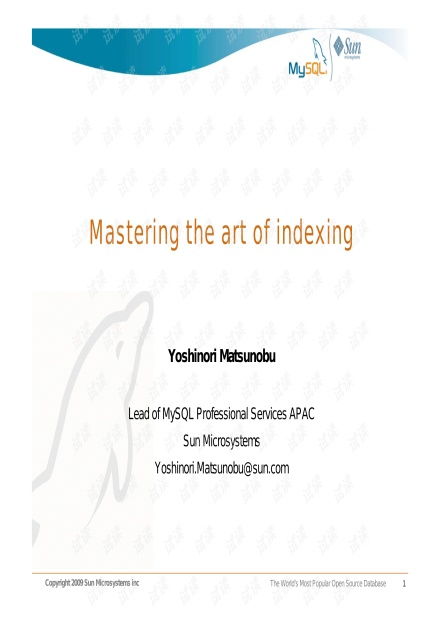Introduction:
The African Tilapia, known for its succulent flesh and adaptability to various water conditions, has become a favorite among anglers worldwide. Whether you're a seasoned fisherman or a beginner looking to conquer the waters, mastering the art of catching African Tilapia can be both rewarding and fun. In this article, we will delve into the intricacies of fishing techniques specifically tailored for these fascinating fish, ensuring you're well-equipped for your next adventure on the water.
Understanding African Tilapia:
Before diving into the fishing techniques, it's crucial to understand the habits and preferences of African Tilapia. These fish are known for their preference for warm, shallow waters and can be found in a variety of aquatic environments, from ponds to rivers and lakes. They are primarily herbivorous but will also consume insects and small fish, making them versatile targets for anglers.
Choosing the Right Equipment:
The first step in mastering the art of catching African Tilapia is selecting the right equipment. Here are some essential items to consider:
Rod and Reel: A medium-heavy action rod with a fast or moderate retrieve is ideal for handling the fight. A spinning reel with a good drag system is recommended for ease of casting and retrieving.
Line: Use a monofilament line with a thickness ranging from 8 to 12 pounds, depending on the size of the Tilapia you're targeting.

Hooks: Small to medium-sized hooks, ranging from 1/0 to 3/0, are sufficient for African Tilapia. The size of the hook should match the size of the bait you're using.
Lures and Baits: Artificial lures like spinnerbaits, crankbaits, and plastic worms can be effective. Natural baits such as corn, peas, and pieces of vegetables also work well.
Fishing Techniques:
Locating the Fish: African Tilapia are often found in areas with dense vegetation, around structure like rocks or logs, or near drop-offs. Use a combination of sight fishing and casting to locate them.
Cast and Retrieve: Once you've identified a likely spot, cast your lure or bait out and retrieve it in a smooth, steady motion. Vary the speed and depth of retrieval to mimic the natural movement of prey.
Using Live Baits: If you're using live baits, such as worms or insects, present them in a natural way. Let them hang in the water column or allow them to swim freely to attract the Tilapia.
Artificial Lures: When using artificial lures, experiment with different retrieves and presentations. Jerks, twitches, and pauses can all trigger strikes from Tilapia.
Bottom Bouncing: This technique involves dragging your lure or bait along the bottom, mimicking the movement of prey. It's particularly effective in areas with structure or cover.
Topwater Fishing: Early morning or late evening can be prime times for topwater fishing. Use poppers or other topwater lures to create a commotion on the surface to attract Tilapia.
Seasonal Considerations:
The best time to fish for African Tilapia is during the warmer months, as they are more active and feed more frequently. However, they can be caught year-round, especially in warmer climates. Pay attention to weather patterns and fish activity, as they can change with the seasons.
Conclusion:
Catching African Tilapia can be a delightful experience with the right techniques and equipment. By understanding the fish's habits, selecting the appropriate gear, and employing effective fishing methods, you'll be well on your way to reeling in these tasty fish. Whether you're casting from the shore or boat, remember to enjoy the process and respect the natural environment. Happy fishing!












